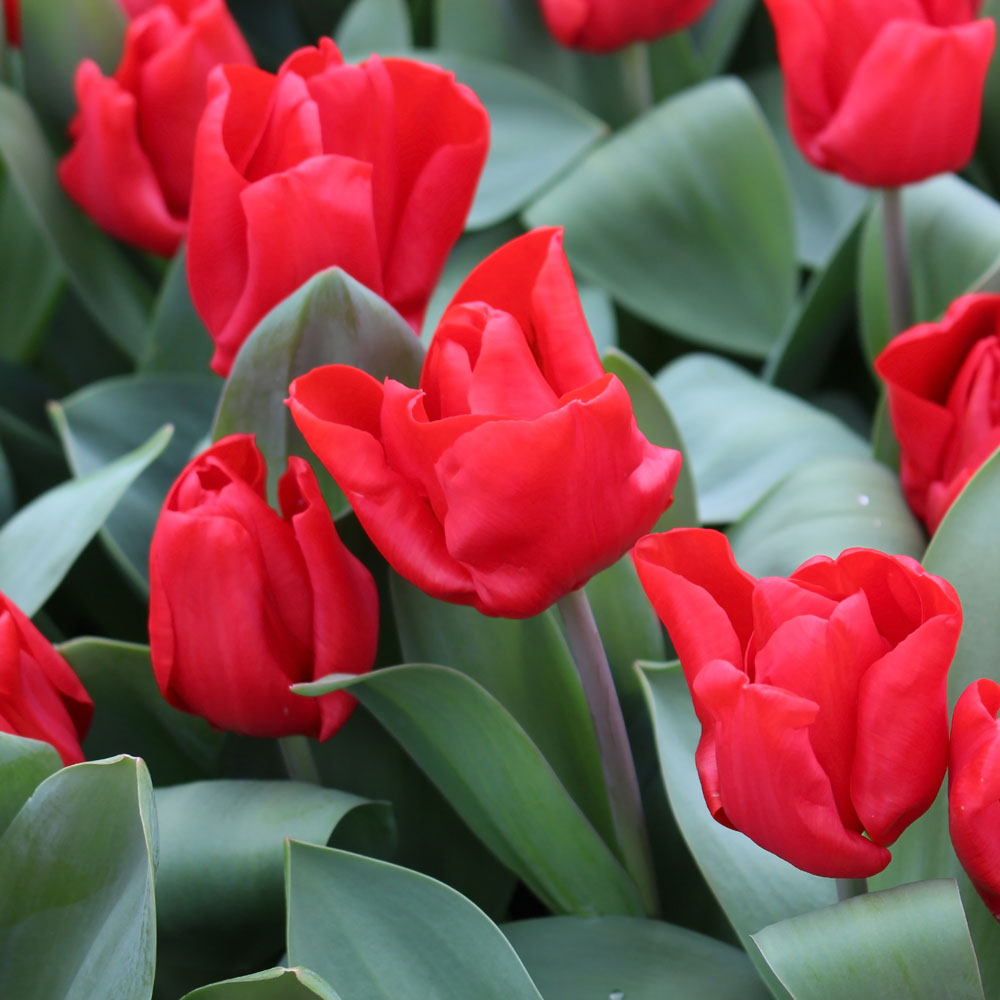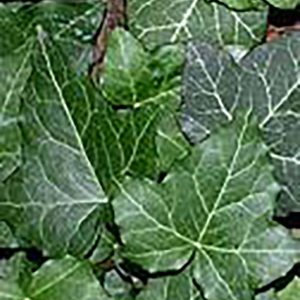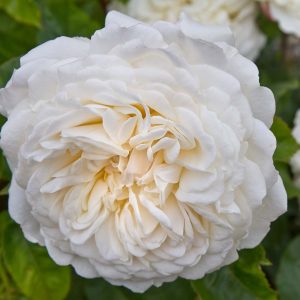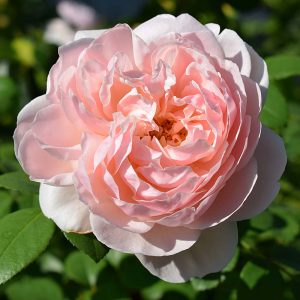Description
Tulip ‘Red Riding Hood’ is a charming and compact tulip cultivar that stands just 20cm tall. Its eye-catching purple-marked leaves and bright scarlet flowers with a deep black base are sure to add a burst of color and texture to any garden bed or container. This tulip cultivar is perfect for creating a bold statement in your garden, or for planting in groups for a striking mass effect. Tulip ‘Red Riding Hood’ also makes a beautiful cut flower for indoor arrangements, adding a touch of elegance and drama to any room. To grow this tulip successfully, plant the bulbs in well-draining soil and provide plenty of sunlight. With its striking color and petite size, Tulip ‘Red Riding Hood’ is the perfect choice for adding a touch of whimsy and boldness to any outdoor or indoor space.
Key Facts
- Common Name(s):Tulip ‘Red Riding Hood’
- Hardiness:Fully hardy
- How big will I get? Tulipa ‘Red Riding Hood’ can grow to a height of 0.2m and a spread of 0.2m.
- Did You Know That:Tulips are phototropic, meaning they bend towards the light. This is why they often grow in a curved or leaning shape.
Plant Calendar
A rough guide to how this plant will change through the year.
| Jan | Feb | Mar | Apr | May | June | July | Aug | Sept | Oct | Nov | Dec | |
| Flowering Time |  |
 |
||||||||||
| Foliage Colour |   |
  |
  |
| J | F | M | A | M | J | J | A | S | O | N | D |
 |
 |
||||||||||
  |
  |
  |
Care Guide

Soil Requirements
Tulipa ‘Red Riding Hood’ prefers soil with good drainage and does not tolerate standing water. This plant can grow in soil with a wide range of pH levels, it is not picky about the pH level of the soil.

Best Position
Tulipa ‘Red Riding Hood’ prefers a sheltered position and requires full sun to thrive, this consists of more than six hours of direct sunshine per day.

Maintenance
Tulipa ‘Red Riding Hood’ will benefit from deadheading after it finishes flowering this will help the plant by redirecting energy from seed production to flower and root production.

Pest, Diseases and Wildlife
Tulipa ‘Red Riding Hood’ can have problems with slugs, aphids, it can be vulnerable to certain diseases such as tulip fire rot. It is toxic to cats, dogs and horses.





